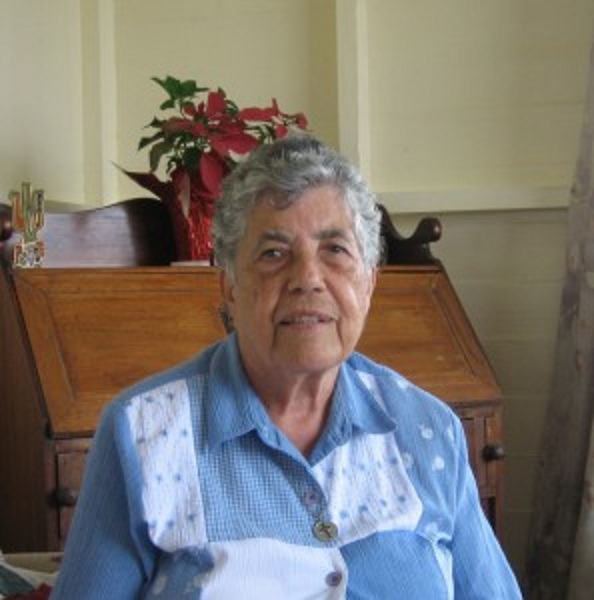Guyana (or British Guiana) has long been familiar with the wine of Madeira, long before the arrival of the Madeiran immigrants. Because it is fortified, it doesn’t go off, and it isn’t damaged by heat. For that reason, it was the tipple of empire-builders. In Georgian accounts of life in 18th century Demerara and Berbice, there are plenty of references to the Dutch planters swilling back the Madeira (see Bolingbroke’s travelogue or Dr Bancroft’s account of his visit to what’s now the Wales estate).
This wine says alot about Madeira. It reflects the wealth of the early 15th century settlement (the island was completely uninhabited until 1419), and the wine is mentioned by Shakespeare (Last night I went to see a performance of ‘Richard III’: the Duke of Clarence is drowned in a ‘butt of Malmsey’). It was also used to toast the American Declaration of Independence, and was much favoured by Dickens, Trollope etc. It only lost popularity when supplies failed after the phyloxia epidemics of the 19th century. Today, sales are steady, particularly in the USA and Germany (where the dry apperitifs are favoured) and Britain (which still favours the sweet Malmsey).
But Madeira wine isn’t only about antiquity, it is also about patience. That is something that the Madeirans have always needed in abundance. Their wine can sit around in casks for 40 years before being bottled (we saw a cask from the 1920s still not bottled). The famous embroidery is also demanding of time; a pillow-case alone can take 2-3 weeks of work. Indeed, everything took time; voyages; the walk to the farms; the hoeing; the long walks to market (there’s never been much concept of coastal shipping). Madeirans even walk enfuriatingly slowly (although they make up for it with some hair-raising driving).





